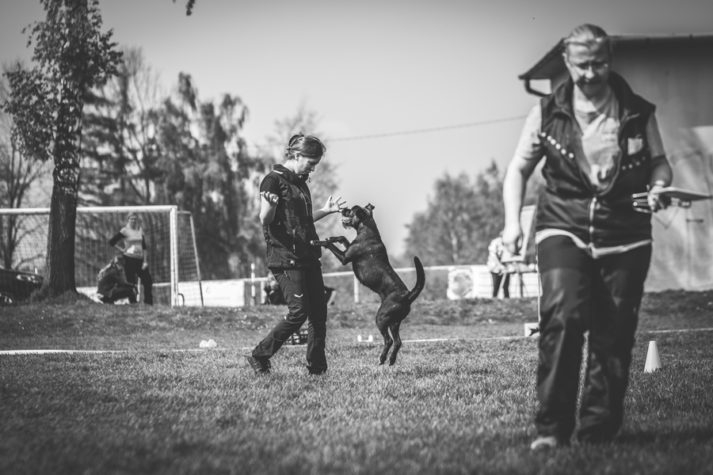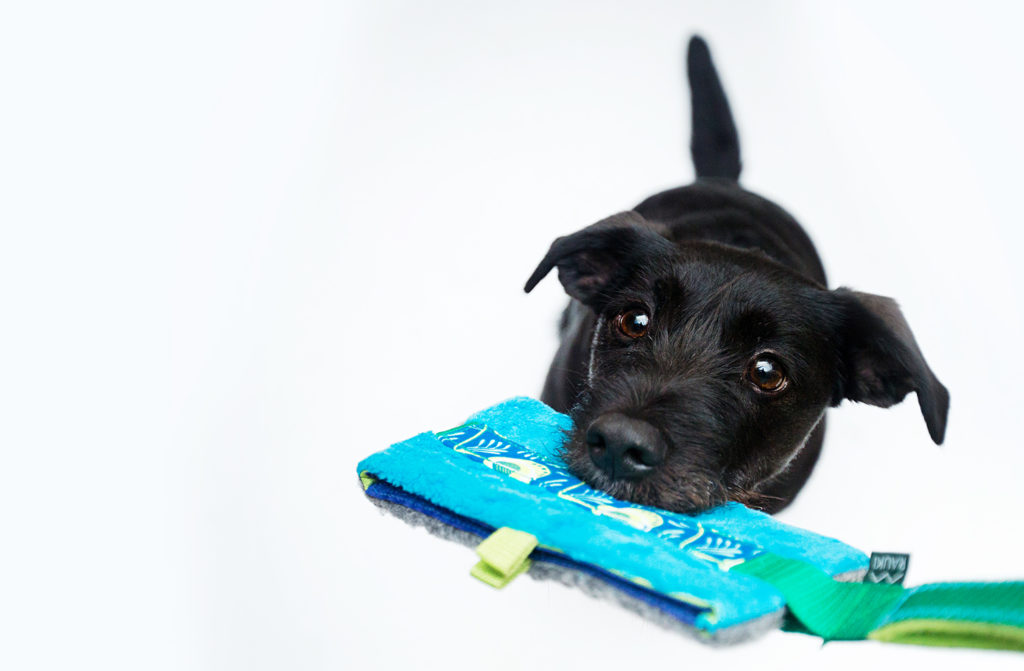
When was the last time you asked your dog what he wants? If he really wants to work with you? Does your dog know he has a choice not to work? Does he know how to communicate it to you? Do you know when he communicates it to you?This article is the core of my dog training philosophy. It is the very basic of where I start work with each dog. Choice is what defines not only R+ training but fulfils it and makes it a conversation between trainer a learner. Without it we will not be able to move any further in pursuing what we consider engaged and active dog.
Before we start please ask yourself few questions. Why do you work with your dog? Does it bring you joy? Do you do it only to get results? Do you want your dog to have fun while working with you? What do you feel during training session? What would you like to feel? Would you still enjoy the training if you knew you dog doesn’t want to work with you? Does his attitude to work matters?

Now answer these questions; what will happen if your dog makes a mistake? Will you suffer any financial loss? Will you feel any real physical of mental pain? Will something bad happen? Is someone’s like at stake because you lose a point in a trial? Probably not. Nothing bad will happen. Which means that training with your dog should be fun and pleasure for you.

For me, working with dog is a great opportunity to interact with my best friend whom I respect and love. I respect his preferences and choices. Even considering trialing, my dog always has a choice. He can choose not to work, quit. It a mutual respect and trust. Respecting each other means you have to stick to the rules, no matter where you are. I don’t change rules depending who is my trainer or if I am attending workshop I have paid for, or when I enter the trial ring. I have a deal with my dog, that says we both can make decisions. In a stressful situations (trials, competitions, workshops), where my dog need me more than ever I don’t change the rules. It is the biggest test for our relationship. The most difficult to pass for a handler. Without it our relationship lacks respect and trust. If one day I give a choice to my dog, if he wants to work with me, and the next morning I force him to do so using physical aversion (from grabbing by the collar, sticking treats under nose to beating and jerking on the leash ) or mental pressure (endlessly repeating cues to a dog, shouting, using spatial pressure) then we stop being partners and become a master and the slave. There is no place for trust and building relationship. Think for a second, would you like to work with someone like this?
What it means to give dog a choice?
It means he can say he doesn’t want to work today, just like we can. He can say that he doesn’t want to perform this exercise and we respect this choice. By giving a choice we build a value of our interaction and make it something desired and pleasurable.
How a dog can communicate his choice?
Working on willingness to work and relationship we teach our dogs to make a choice and communicate it. At first dogs are shy and subtle in behavior. But with time they develop clear and strong signals to tell us what they like.
Some dogs don’t know how to act, we need to build their self-confidence and encourage them to make choices, build reinforcement history connected to the choice. It is our responsibility to monitor their behavior throughout the training session and respond to the changes of attitude. We both need to enjoy the time together.
My dog has to start a training session, I never ever call my dog during training. Teaching a dog to show his willingness to work is a very long-term process. I don’t work a dog who doesn’t want it. I want my dog to push me to start interaction. I want him to be 100% in, otherwise we take a break and go for a walk or I just don’t start working. Gapcio shows his enthusiasm and willingness to start an interaction by jumping and running around me; if he doesn’t do it, it means he doesn’t want to work.
It took me months to build this with Gapcio, we spent endless hours just sitting far away from each other because my dog didn’t want to do anything with me. It was frustrating, difficult. But after some time he started to approach me, very delicately but he was initiating this interaction. From this point we build more and more self-confidence. This is challenging for handlers, to give a control to a dog, we are so used to telling them what they have to do, that giving steers is tough. But results are amazing dogs who didn’t respond, who were helpless are changing, becoming more and more confident and aware of the choices they have. Opting out is no longer a desired option for them.

I want my dog to know he can say NO anytime he feels the need. He knows he can opt-out any time. He knows he is free to go if he wants to. But to tell the truth he doesn’t want to leave me. Having the choice gave him more pleasure from interaction with me. Because that’s how you build relationship.
It doesn’t happened overnight but every minute we spent working on it was worth it.
If you want to introduce the concept of choice to our dog, work on building engagement join me for my lectures, seminars or online classes.
Agnieszka Janarek – Dog Trainer
